7 Proven Steps to Build a High-Converting LinkedIn Sales Funnel in 2025
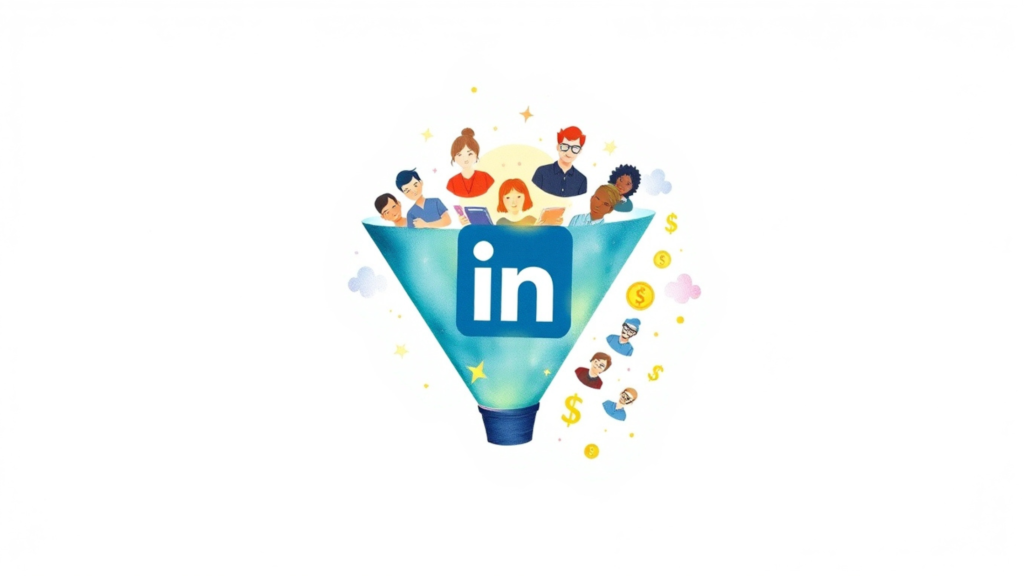
In the digital age, LinkedIn’s significance in the B2B realm continues to grow exponentially, now boasting a membership surpassing a billion. This guide is designed to walk you through creating a LinkedIn sales funnel that not only attracts professionals across various industries but also effectively converts them into loyal customers and valuable leads.
Understanding and leveraging the power of LinkedIn will set the stage for unparalleled networking and business growth. Harnessing this platform effectively can transform your networking strategies and lead conversion rates.
Step 1: Optimize Your LinkedIn Profile and Company Page
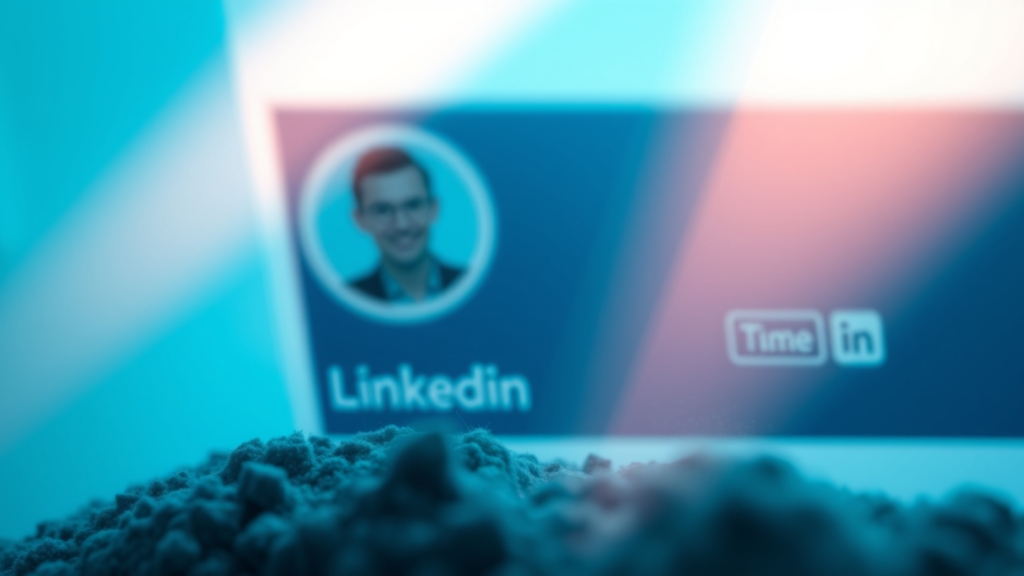
Creating a strong first impression is crucial in the digital networking space. Your LinkedIn profile and company page often serve as the first points of interaction with potential leads and partners:
- Personalization: Customize your LinkedIn URL to reflect your professional identity and ensure it’s easy to remember and share. This small detail can significantly boost your professional visibility.
- Consistent Updates: Keep your profile dynamic by regularly updating it with relevant achievements, articles, and content, which keeps your network engaged and informed. Regular updates signal active professional engagement, essential for attracting network interactions.
- Professional Visuals: Employ a high-quality profile picture and cover photo that resonates with your brand identity to increase recognition and trust among your network. Visual consistency helps in building a brand that is easily recognizable and trusted by potential connections.
Key Elements of a Winning Profile
- Headline and Summary: Your headline should succinctly convey your professional expertise and the unique value you offer. Use industry-relevant keywords to improve visibility in searches. The summary should tell a compelling story of your career and how you can solve problems for others.
- Experience and Skills: Showcase your professional journey and skills to affirm your credibility and attract the right connections. This section should reflect your accomplishments and highlight the breadth of your experience, providing a clear picture of your expertise.
Step 2: Leverage LinkedIn Sales Navigator for Targeted Prospecting
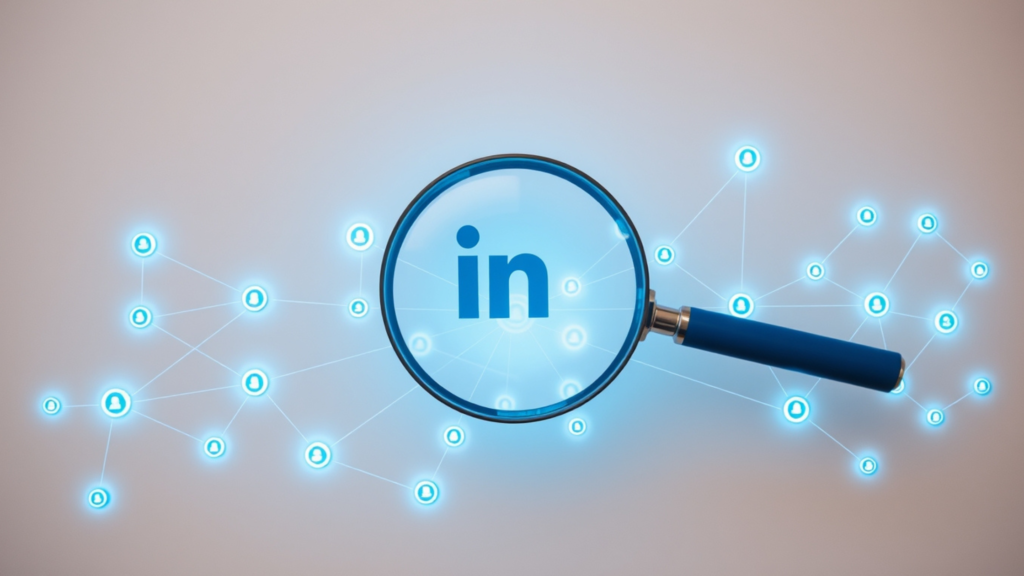
LinkedIn Sales Navigator is an invaluable tool for any sales professional looking to refine their prospecting process:
- Advanced Search Capabilities: Use Sales Navigator’s detailed filters to zero in on prospects by job function, seniority, and geographic location, ensuring that your marketing efforts are as targeted as possible. These features allow for precision in your marketing strategies, which can significantly enhance the quality of leads.
- Lead Recommendations: Benefit from LinkedIn’s algorithmic recommendations, which suggest potential leads based on your previous interactions and saved search criteria. This feature can save time and increase the efficiency of your prospecting efforts.
Crafting Effective Searches
- Saving and Refining Searches: Regular updates to your search criteria will help capture emerging roles and industries, keeping your prospect list fresh and relevant. Adapting to market changes is crucial for staying ahead in a competitive landscape.
- Boolean Logic: Employ Boolean logic to combine keywords strategically and target very specific groups, maximizing the efficiency of your searches. This method enhances the precision and effectiveness of your prospecting.
Step 3: Implement a Comprehensive Content Strategy

Effective content is the backbone of any successful marketing strategy, especially on LinkedIn:
- Top-of-Funnel Content (TOFU): Publish broad, informative content like industry reports or market trends to attract a wide audience. This content should spark interest and draw in a large number of viewers. It’s essential for establishing thought leadership and attracting initial interest.
- Middle-of-Funnel Content (MOFU): Engage interested leads with deeper, more personalized content like webinars or in-depth case studies, which nurture their interest and guide them closer to a buying decision. This targeted content helps in building relationships and positioning your offerings as solutions to their problems.
- Bottom-of-Funnel Content (BOFU): For leads ready to make a decision, offer detailed product demos or exclusive promotions that can sway their choice toward your product or service. This final stage content is crucial for converting interest into actual sales.
Step 4: Utilize Automation and Personalization Tools

Finding the right balance between automation and personalization is key to scaling your outreach without losing the personal touch that fosters genuine connections:
- Automation Tools: Implement tools like Dripify or MeetAlfred to handle repetitive tasks such as following up on leads or scheduling posts, allowing you to maintain consistent engagement without manual effort. These tools help in managing large volumes of contacts efficiently, ensuring no potential lead is neglected.
- Personalization: Even with automation, personalizing communication is crucial. Tools that allow for customization of messages based on the recipient’s profile details can dramatically increase response rates and engagement. Personal touches in automated communications can significantly enhance the effectiveness of your outreach efforts.
Step 5: Align Your Ad Strategy with the Sales Funnel
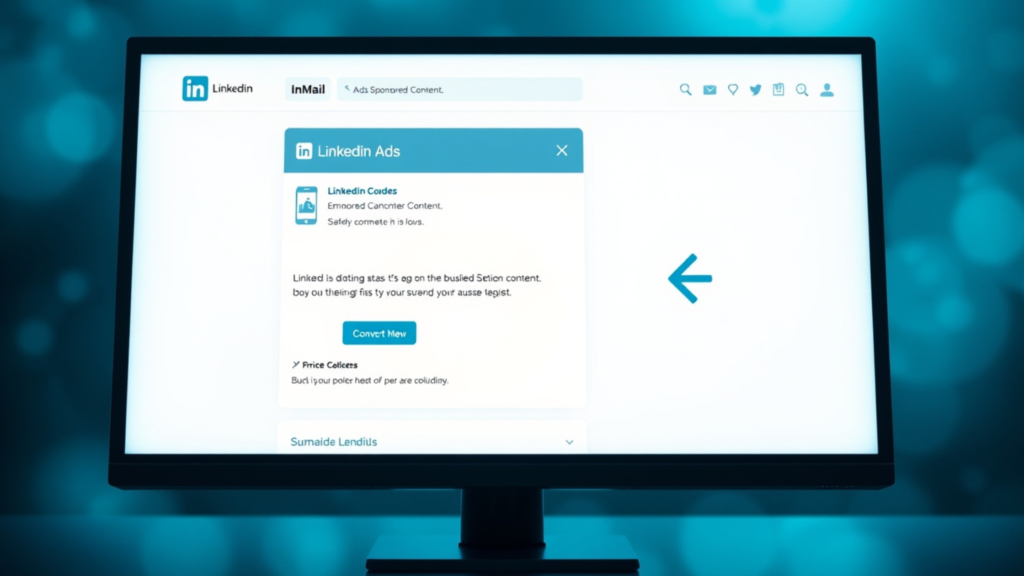
LinkedIn ads can significantly expand your reach and are highly effective when aligned with the stages of your sales funnel:
- Sponsored Content: Use this for a broad reach, ideal for building awareness and attracting top-of-funnel traffic. This type of ad is perfect for casting a wide net and capturing the attention of potential leads.
- Sponsored InMail: This targeted approach works well for engaging leads who are further down the funnel, delivering personalized messages directly to their LinkedIn inbox. Sponsored InMail allows for direct and personal communication with prospects, enhancing the likelihood of conversion.
Step 6: Build Relationships and Engage with Your Community
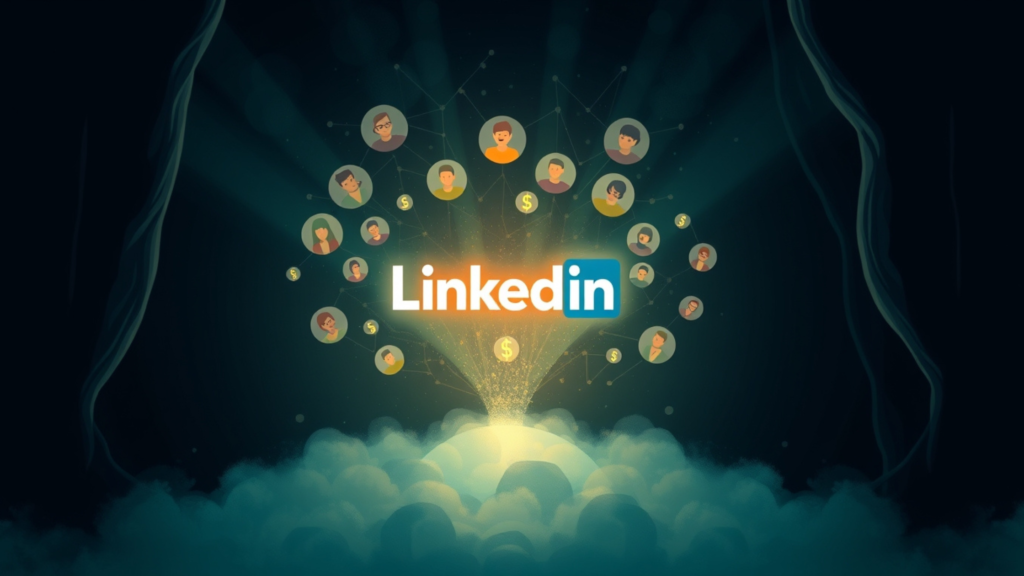
LinkedIn is not just a platform for posting content; it’s a community for building relationships:
- Engage Actively: Regular interaction through comments, shares, and likes can establish your presence and demonstrate your interest in your industry. Active engagement helps in building a network that is robust and interactive.
- Participation in Groups: Join groups related to your industry and participate actively to enhance your visibility and establish your credibility. This participation is crucial for networking and learning from peers, as well as for establishing yourself as a thought leader.
Step 7: Monitor and Optimize Performance Using Key Performance Indicators (KPIs)
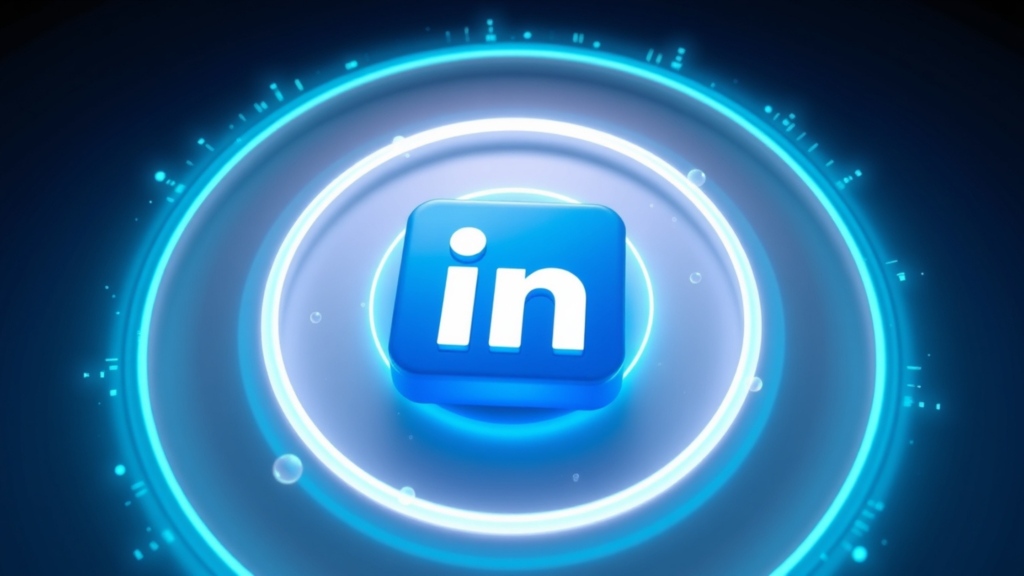
To ensure your LinkedIn strategy is effective, continuous monitoring and optimization are necessary:
- Engagement Rate: This KPI helps you understand how interactively your network engages with your content, which is critical for adjusting your content strategy. It provides insights into what types of content resonate best with your audience.
- Lead Conversion Rate: It’s crucial to track how well your interactions on LinkedIn are converting prospects into actual leads and customers. This metric is vital for measuring the effectiveness of your overall LinkedIn strategy and making necessary adjustments to enhance performance.
Conclusion
Effectively building a high-converting LinkedIn sales funnel in 2025 requires understanding the platform’s unique environment and leveraging its tools to your advantage. By following these steps and continuously refining your approach based on performance data, you can significantly enhance your networking and sales outcomes on LinkedIn. Each step outlined provides a strategic approach to utilizing LinkedIn not just as a social network, but as a powerful B2B marketing tool that can drive significant business results.
FAQs
What is a LinkedIn Sales Funnel?
A LinkedIn sales funnel is a strategic model used to guide LinkedIn users through a process that begins with initial contact and ideally culminates in a sale. This funnel leverages LinkedIn’s networking capabilities to nurture leads by providing value at each stage, from awareness to decision-making.
How do I create a funnel on LinkedIn?
Creating a funnel on LinkedIn involves several steps:
- Define your target audience using LinkedIn’s robust targeting tools.
- Develop and share valuable content that appeals to different stages of the buyer’s journey.
- Engage actively with responses and follow up with leads.
- Utilize LinkedIn ads to expand reach and refine targeting.
- Measure and optimize your strategy based on engagement and conversion metrics.
What are the 5 stages of the sales funnel?
The five stages of the sales funnel are:
- Awareness: Potential customers become aware of your product or service.
- Interest: They show interest in a particular category of products.
- Consideration: They start considering the purchase of your product or service.
- Intent: Their interest evolves into a decision-making process.
- Purchase: They finalize the decision and make the purchase.
What is top-of-funnel content for LinkedIn?
Top-of-funnel (TOFU) content for LinkedIn is designed to attract and engage users who may not yet be familiar with your brand or products. This can include industry insights, thought leadership articles, and educational content that positions your brand as a trusted resource.
What is a sales funnel?
A sales funnel is a marketing model that illustrates the theoretical journey a customer goes through from first becoming aware of a product or service to the final purchase. It helps marketers understand and manage the processes of converting prospects into customers by nurturing them through different stages.
Why use LinkedIn for B2B sales?
LinkedIn is ideal for B2B sales because it is a professional network with a vast audience of business professionals and decision-makers. It offers targeted advertising options, rich content capabilities, and advanced tools like LinkedIn Sales Navigator to specifically hone in on and engage with potential business clients.
What is a B2B sales funnel?
A B2B sales funnel is a model that represents the conversion journey of a business customer from the initial awareness of a product or service to the final purchase, specifically tailored to the complexities and unique challenges of business-to-business transactions.
How do I attract views on LinkedIn?
To attract views on LinkedIn:
- Optimize your profile with relevant keywords and a professional image.
- Post regularly with content that adds value to your audience.
- Engage with other users by commenting on, liking, and sharing their content.
- Use hashtags wisely to increase the reach of your posts.
- Participate in groups and discussions to enhance visibility.
What is the difference between a sales pipeline and a sales funnel?
The sales pipeline and the sales funnel both describe the flow of prospects through a sale, but they have distinct focuses. The sales funnel is broader and focuses on the volume and conversion rates at each stage of the buying process. In contrast, a sales pipeline is a more specific tool used to track the status of individual prospects as they move through different stages of the sales process.